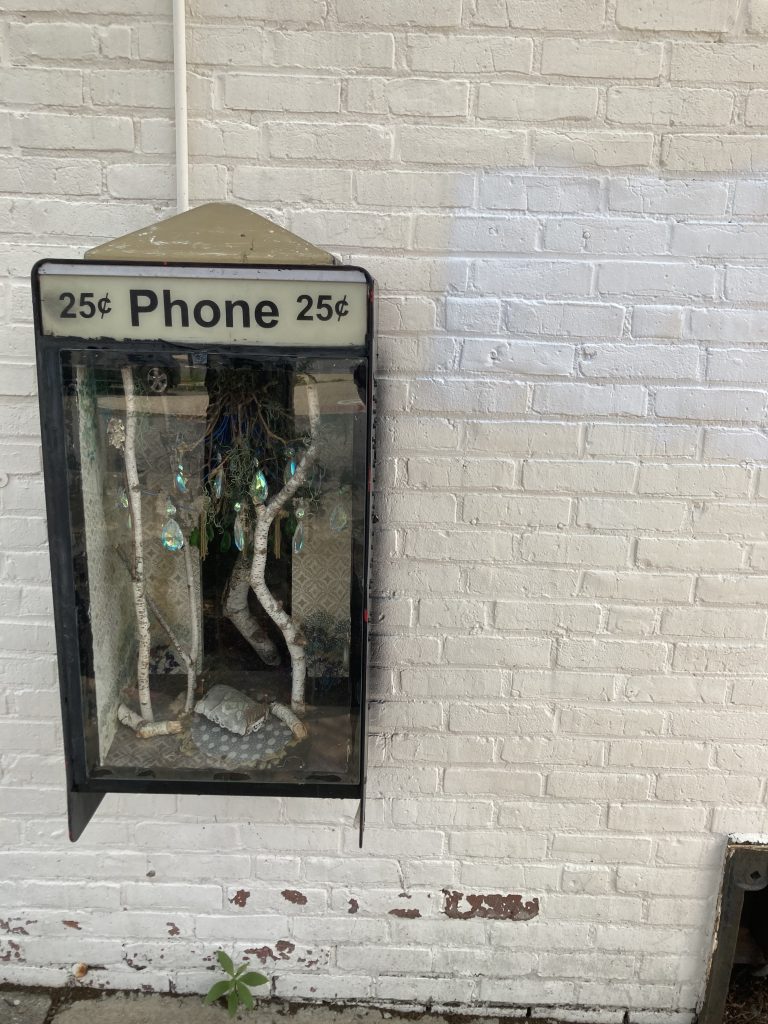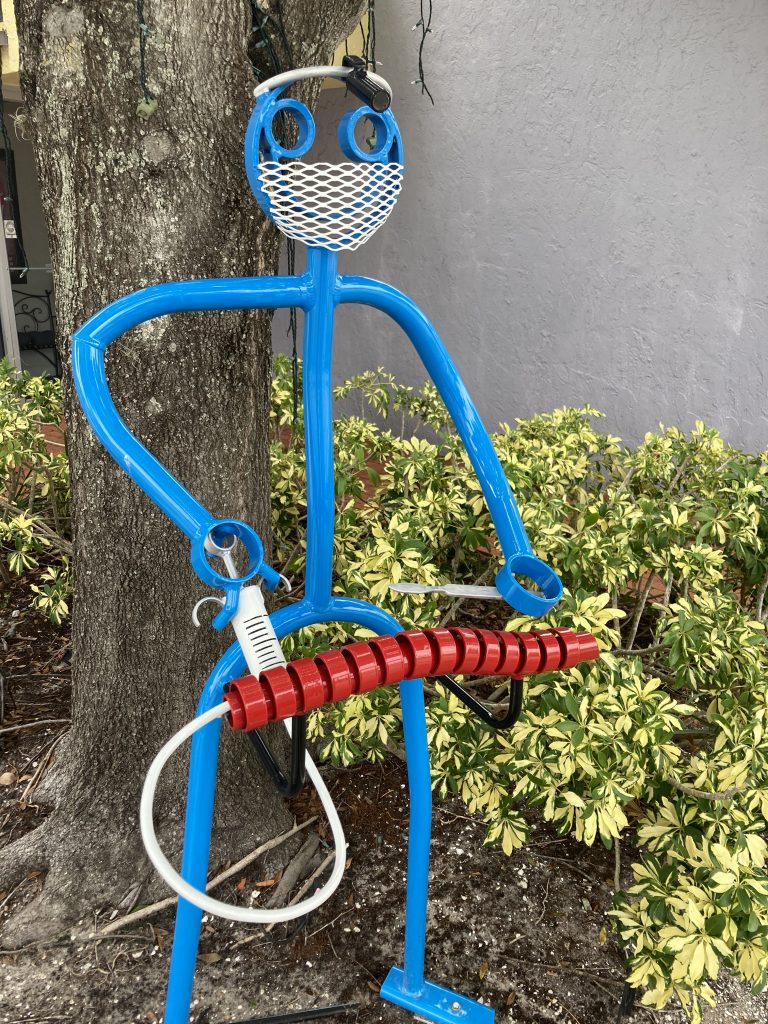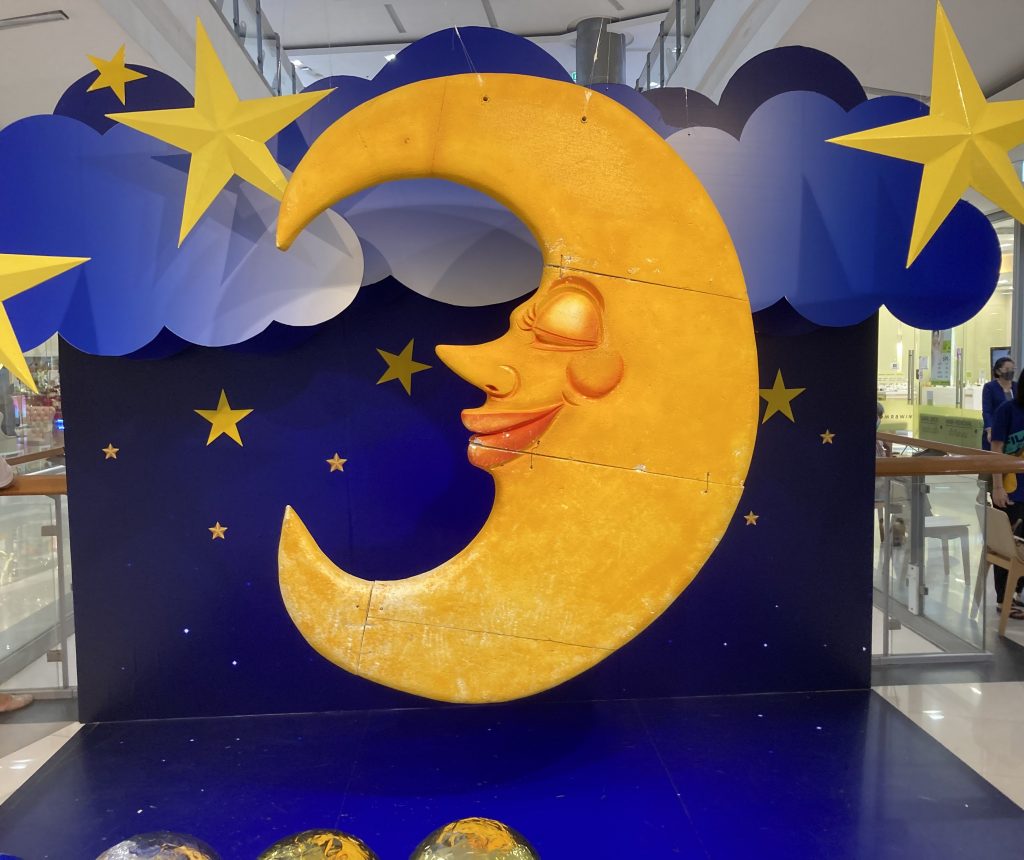abandonment


There is no greater measure of the American zeitgeist than the current rumors surrounding ‘The Fifty Year Ball Drop.’ Advertised as any other New Year celebration, though with vague enough wording to hide its true intentions, ‘The Fifty Year Ball Drop’ began on December 31st, 1964 and continues to this day, counting down to some unknown future event. The ball, flashing lights and blasting the top hits of the early 1960’s, creeps down its post at a rate that can’t be detected by the human eye. It’s movement has been verified by chalk lines and sped-up camera footage. Both suggest that the ball will not land on the New Year at all, but sometime in the afternoon of January 18th, 2064.
People tend to be of two opinions regarding that date: that it will mark a great new era for humanity, or that it will be a doomsday. Visitors are polled for this- are given those two choices specifically, in fact- and the wording of the poll is vague. Vague enough that the results, posted annually on January 1st, might be interpreted as a choice as well as a prediction.
-an excerpt, Autumn by the Wayside

With all the time I spend on the road, I usually find myself a year or two behind popular culture which means that I’m often out of my element at those Wayside destinations that hold celebrities at their core. Prop museums tend to display a few things from movies I watched as a child, so that’s something, and I appreciate wax museums for their eerie, liminal atmospheres, even if I only recognize a handful of the personas on exhibit.
‘The Divot Gallery’ is something else entirely. The museums tend to split their focus between the curios and the celebrities but ‘The Divot Gallery’ leans hard into the element of worship that is, admittedly, inherent in all of them. I show up unprepared for a rapid-fire series of questions and karaoke-style catalogs of celebrity names, ranked by fame. I go straight to the B-listers, knowing that anyone of historical significance and anyone currently trending will be well above my budget. The cashier must see me react- she hands me the C-listers.
This, I can afford.
‘There is no greater experience of entropy than that which can be purchased at ‘The Divot Gallery.’ It’s a motel, on the surface, consisting of just six rooms rented by the hour and a massive warehouse to store the largest collection of pre-owned couches and beds in the country. This furniture once belonged to the rich and famous, was thrown out bearing the imprints specific to its once-owners. The people at ‘The Divot Gallery’ saw an opportunity in that and, like a witch digging about for spare fingernails, they have built up their inventory from dumpsters, thrift shops, and bribed garbagemen with such efficiency that celebrities have gone on record claiming to obsessively destroy everything they now throw away.
This has not stopped ‘The Divot Gallery’ which has proven time and again that they buy their goods legally and stop just short of libel in their proposed explanations of otherwise mysterious stains.
Visitors might choose to spend the afternoon in the hollow embrace of their celebrity crush, might conceive a child on the bed of a rock star or get high in the recliner of a famous stoner-comedian. There are death beds, of course, but testimonials suggest that ‘The Divot Gallery’ as experienced on any furniture leans depressing. At it’s least existential, most people will find that the celebrities they once held on a pedestal are not much better than they are at keeping crumbs out of the nooks and crannies of a couch- are not so special at all.
At its most existential, customers sometimes recognize themselves in the massive, hierarchal network of modern America. They may realize they exist on a rung far, far lower than they suspected, that there are ways of living beyond their imagining and that lying prone on a used mattress is the closest they will ever get to bridging the truth of their existence with that of even a minor celebrity.”
Hector and I nap on a sort of rounded pad that once belonged to a famous dog. I sleep well enough, but I get the sense that Hector has some difficulty getting comfortable. Maybe it’s the smell of another animal. Maybe he’s just realizing he was never meant for the silver screen.
-traveler

“Well, this is it. Feel free to have a look around. We only ask that you don’t touch any of the exhibits.”
By the look on the man’s face I understand that he’s implying I’ve already touched one of the exhibits- may still be touching it. I step to the right and the man’s face grows pained. I take two steps to the left and he seems to relax. When I squat down, I see a small tag poking out from under the rug I’ve trampled. It was apparently used in several episodes of Dr. Malarkey (1957).
There’s more on the tag but the man behind me clears his throat when I try to pull it out a little more. A small note nearby indicates the tag was added to the rug in 1998 when it appeared in The Museum Maze as an authentic prop prop.
“How long is a self-guided tour supposed to take?” I ask.
“The pamphlet says three hours.” The man cocks his head. “But I recommend five to be on the safe side.”
‘Formerly ‘Maxmillian’s House of Props,’ the institution known as ‘Mad Props’ is a casual traveler’s nightmare. Imagine, for a moment, that you are not traveling alone and are, instead, a part of some version of the American nuclear family and that your squealing children spy a sign in the distance that advertises the largest and most diverse collection of movie props in the nation. Imagine subsequent signs that list all the recent blockbusters for the kiddies and include a handful of titles from your own preferred genre. Seems like a crowd-pleaser. Seems like an easy stop to make.
‘Mad Props’ lives up to all its hype only via technicality. Its curators dig through Hollywood’s dumpsters and have filled a single family home with such a mundane collection of background items that even the most avid film connoisseurs will find themselves yawning. Worse, ‘Mad Props’ refuses to institute any sort of proper signage, relying on a system they call ‘unintrusive’ but which is, frankly, hidden.
This proved to be important in a 2020 lawsuit in which the defense (representing a man whose child engaged with a prop toilet) subpoenaed ‘Mad Props’s’ income documents and found that their profitability is entirely dependent upon their tendency to sue costumers for damages. The 2020 rebranding also added a very specific clause to the customer agreement, indicating in complex legalese what constitutes reasonable damage and what is in store for a traveler that unsuspectingly causes it. ‘Mad Props’ remains a tedious maze of an attraction. To make it more interesting to the traveler is to make it less fruitful for the owner and that sort of split only ever breaks one way.’
-traveler

‘Locals would have you believe that the concept of paisley itself came from ‘The Paisley Prickles’ but that’s the sort of re-writing of history that Americans sometimes try to slip under the radar for the sake of tourism. The reality is that paisley prickles thrived under other names in several parts of the world before the pattern was utilized in South Asia, eventually popularized in the west, and that the link between said pattern and the North American paisley prickle fields was a connection made entirely in retrospect.
All this to say that ‘The Paisley Prickles’ field in Arizona is just one of many global sites but the only known to exist in the states. Beyond their little white lie, locals are frank about the plant’s disconcerting properties. A light touch induces a painful paisley rash that lasts for a week, at least. ‘The Paisley Prickles’ are hyper-resilient but the field is self-contained. An eighties-era attempt to destroy the patch was met with failure and several contemporary attempts to grow it in a lab or derive some mystery cure from its essence have resulted in poisonings. A single groundskeeper remains on staff for the field and his job consists entirely of clearing weeds from the visitor path. ‘The Paisley Prickles’ have not, in his thirty years, attempted to cross the fence he installed in 1992.
The meta leaf-on-leaf pattern suggests, to some, that ‘The Paisley Prickles’ are a product of intelligent design. The going theory is that the patches indicate, in the style of ray cats and atomic priesthood, something dangerous at their epicenters- that they represent a message left behind by something that preceded humanity and overestimated humanity’s ability to perceive cryptic warnings.’
I’ve been wary of plant-specific destinations since the trouble with fairy ferns all those years ago, but for all that ‘The Paisley Prickles’ seem dangerous, it would take cross the fence and walking several more minutes before contact with one would be possible.
This is exactly what Hector does the first chance he gets, slipping from my hands as I attempt to harness him and jettisoning himself into the patch at its thickest. I clamber over the fence but can’t bring myself to get any closer than that myself and soon enough I see Hector hoofing it back in my direction, already showing signs of the rash on his bare skin.
Hector spends a week looking like a high-end purse, his thick hide raised in paisley. It doesn’t seem to bother him much.
-traveler

© 2024 · Dylan Bach // Sun Logo - Jessica Hayworth